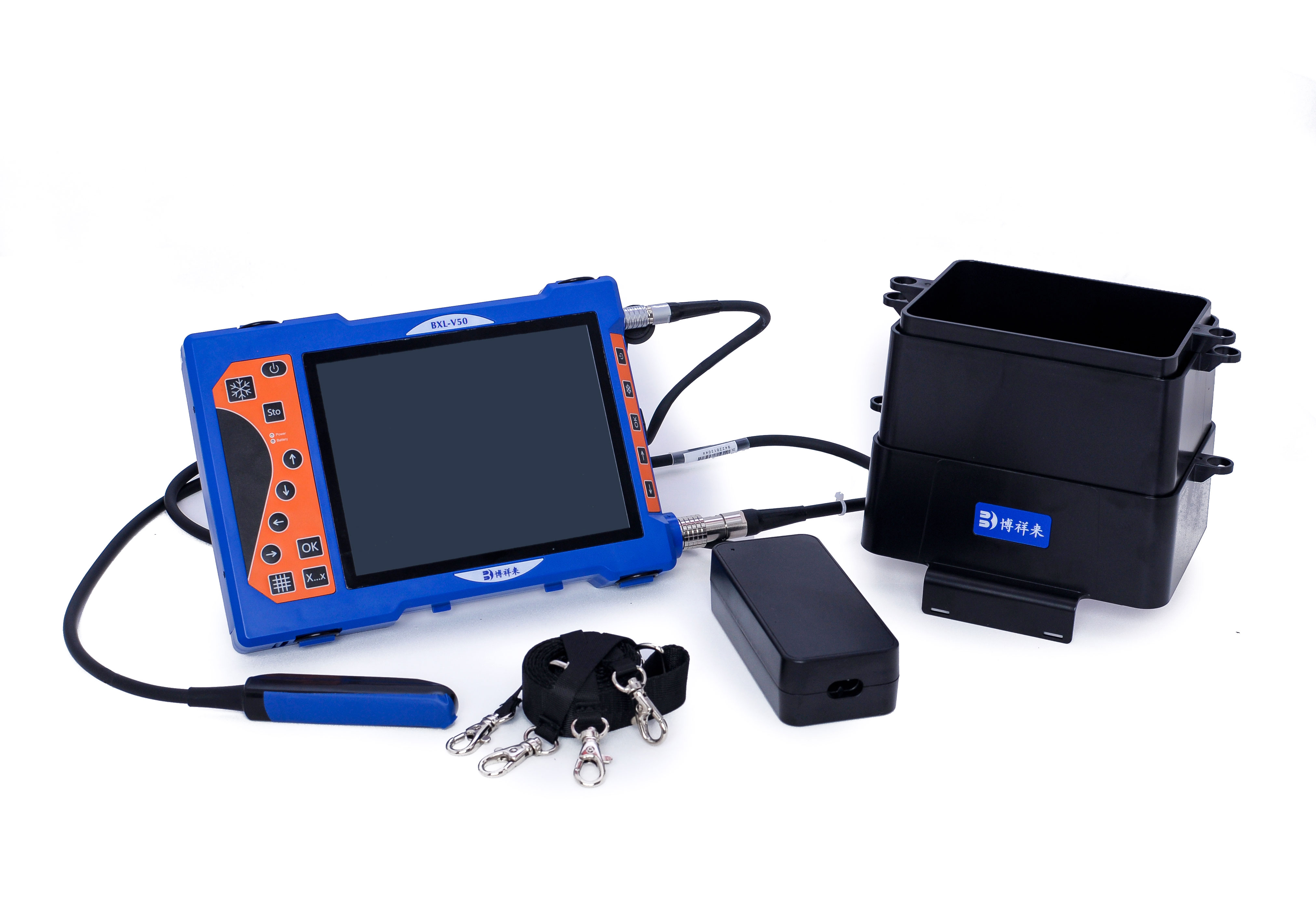The introduction of B-ultrasound machines as pregnancy management tools in dairy farms. The probe frequency of the B-ultrasound machines used in dairy farms is generally a linear rectal probe between 4.5 and 8.5 MHz, and some use lower frequency convex array rectal probes to achieve greater penetration.

The use of real-time transrectal ultrasound examination represents a significant development in cattle breeding research. For dairy farms, B-ultrasound machines are a valuable tool that can detect pregnancy at 25 days of gestation. Pregnancy status, fetal gender, ovarian function, and uterine morphology can all be evaluated using ultrasound. Fetal heart rate can be detected around the 21st day of pregnancy in cows, but it is more easily detected after the 25th day of pregnancy, and is the "gold standard" for proving the existence of feasible pregnancy and uterine morphology examination, as well as embryo measurement (crown hip length). Embryo death can be diagnosed by the absence of detectable heartbeat, separation/disintegration of membranes, decreased intrauterine fluid, or echo floating structures (including fetal residue). The disadvantage of using B-ultrasound machines in cattle is limited accuracy before 28 to 30 days of pregnancy, and the pregnancy status is only guaranteed during diagnosis, which is different from some chemical tests (i.e. PAG) that have been studied as possible predictive indicators for pregnancy maintenance.
tags: B-ultrasoundultrasound


